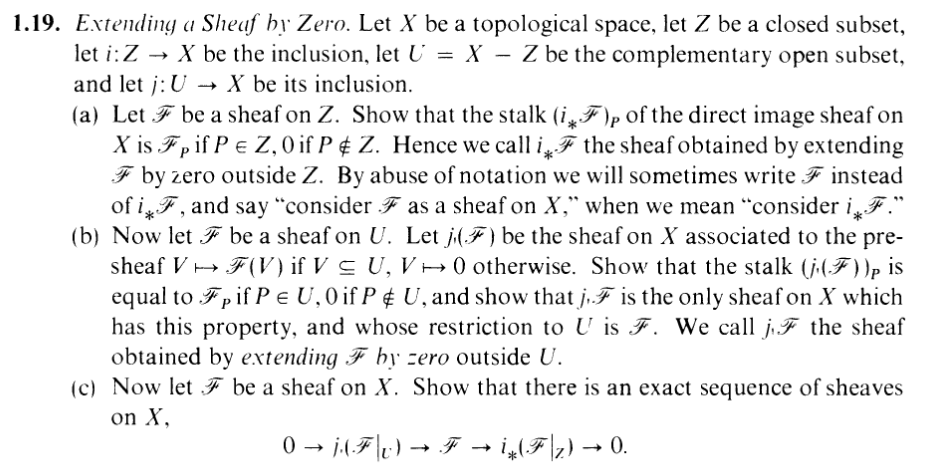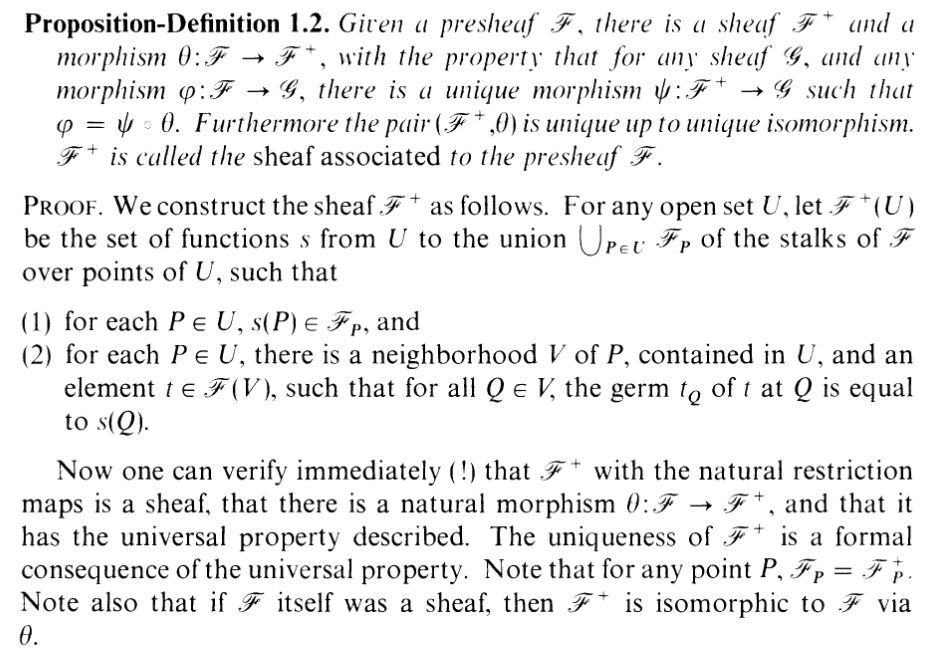II.1.19
1/6/2022

WELCOME TO 2022!!!!!!!!!!!!!!!!!!!!!!!!!!!!!

Is this how you want to start 2022, Mr. holeinmyheart? Spam? Is this how you
would like to punctutate the turn of the year? Hah! An opportunity to welcome
these three twos and one zero, and you squander it with a wallop of crude
spam! Disgusting! Defeatist, self-hating laughter! Laughing and typing
in tables of style over substance. Dress'd in ironplated irony, estranged
from the sensations of this world. Shall you carry yourself as an energy
suck? A Negative Nancy? Debbie Downer? Anhedonic Amy? Blue Bailey?
Crestfallen Carrie? Exhausted Emily? Fallen Fanny? Grim Greta? Hung
Hailey? Indifferent Isabelle? Jaundiced Janice? Killbuzz Katie? Low Laura?
Morose ManMeat? Off Ophelia?
Pessmistic Paula? Quiet Quinn? R'lyeh Riley? Sullen Susan? Torn Tammy?
Underachiever Ursula? Villainous Vivian? Whining Wendy? Xhausted
Xander? Yellow Yonnie? Zoophilic Zoey? No. I am *unsheathes sword*
Holy Heart: Rider of the pink
skies. Rolling and rumbling in all proportion to the wind, the uncontested
legend of guava jam. HERE HE IS: In their 2022 incarnation, prepared to
parade their plural sys–No, um. He is a man of many voices, however.
MANY.
VOICES.
AND.
YET,
ONE.
A

Okay, so to solve this, I'm takin' inspiration from the stocking stalky part of our
Christmas episode, particularly the
properties of closure.
Let's spose P
 Z. Then since Z is closed, there is a neighborhood V of P such
that V ∩ Z = ∅, and thus
Z. Then since Z is closed, there is a neighborhood V of P such
that V ∩ Z = ∅, and thus
(i*
 )(V ) )(V ) | =
 (i-1(V )) (i-1(V )) | ||
=
 (∅) (∅) | |||
| = 0 |
So given any element < W,s >∈ (i*
 )P,
)P,
| < W,s > | =< W ∩ V,ρW,W∩V (s) > | ||
| =< W ∩ V, 0 > | |||
| = 0 |
So (i*
 )P = 0, as needed.
)P = 0, as needed.
In the other case, P ∈ Z, I'LL WRITE IT IN STR8 ENGLISH:
- This time, every neighborhood of P in X intersects Z
- But that means these neighborhoods are exactly all the neighborhoods of P in Z
- And since i*
 inherits the restriction maps from
inherits the restriction maps from
 ,
,
- it's clear that (i*
 )P =
)P =
 P
P
Done.
B
And... uhhh... we're really calling this thing "j!"...? Damn. Well, in that case, you know what I'm going to call the presheaf he gave us?
j?(
 ) ) | =
 |
So now I can say that j! is the sheafification of j?. HAHAHAHAHAHAHAHAHA.
HOW DO YOU LIKE THAT? HOW
CLEVER IS THAT? I am so proud of this
notation. Somebody, please carry my throne to my dinner
table. I must dine with pig and wine, for this day.
And now, we are going to be slick mathematicians and not
do what Hartshorne tells us to do. Yes, we've seen Mr. Harty in the past try to
rope us into doing extra work, but we're the goldhorned
bulls of the herd. We grunt and puff air and jostle against
command, laying our learned heavy eyes against gentle coaxing, and making our
own slavery a struggle for our master. Rather than proving any properties from
the construction of j!(
 ), we'll uniquely construct j!(
), we'll uniquely construct j!(
 ) from the properties:
Killing two birds with one horn.
) from the properties:
Killing two birds with one horn.
To be clear, the properties are that
- That the stalk of the sheaf at P is

- the restriction to U is

Got it? Now let's suppose
 is a sheaf on X satisfying (1) and (2). In
particular, punching out property (2), let's suppose V ⊂ U is open. Then
is a sheaf on X satisfying (1) and (2). In
particular, punching out property (2), let's suppose V ⊂ U is open. Then
 |U |U | =
 | ||

 |U(V ) |U(V ) | =
 (V ) (V ) | ||
 i-1 i-1
 (V ) (V ) | =
 (V ) (V ) | ||
 lim W⊃i(V ) lim W⊃i(V )
 (W) (W) | =
 (V ) (V ) | ||
 lim W⊃V lim W⊃V
 (W) (W) | =
 (V ) (V ) | ||

 (V ) (V ) | =
 (V ) (V ) |
(the last equality follows from the fact that V is an open subset of X). So for
open subsets of U, we have a very convenient equality!!! And thus the equality
also holds for stalks inside V . I'll write this as a lemma
0.1 Lemma
STMT
For V ⊂ U open, then
 (V ) =
(V ) =
 (V ).
(V ).
QED
One more thing I want to establish before we get to the good stuff is what
happens in the other case: P
 U. Well, immediately,
U. Well, immediately,
 P = 0, and...
P = 0, and...
0.2 Lemma
STMT
If P
 U, then iven any neighborhood V of P and s ∈
U, then iven any neighborhood V of P and s ∈
 (V ), ∃ a neighborhood
WP of P (note, WP⊄U) such that ρV,WP(s) = 0
(V ), ∃ a neighborhood
WP of P (note, WP⊄U) such that ρV,WP(s) = 0
PROOF
Follows immediately from the fact
 P = 0
P = 0
QED
Okay, here's the good stuff. What do Lemma 0.1 and 0.2 tell us? Let's say W is
open in X, and s ∈
 (W) is a section. Let's check out all the stalks of s
(CAN U GUESS WHY I'M DOING THIS READER???) If P ∈ U, then
(W) is a section. Let's check out all the stalks of s
(CAN U GUESS WHY I'M DOING THIS READER???) If P ∈ U, then
| sP | ∈
 P P | |||||
=
 P P | (by Property 1 of
 ) ) | |||||
= (j?(
 ))P ))P | ||||||
And if P
 U, then
U, then
| sP | ∈
 P P | |||||
| = 0 | (Property 1 agen) | |||||
= (j?(
 ))P ))P |
SEE WHAT I DID THAR? Check out the definition of sheafification again:

That's right, I just showed that for any section s of
 , that sP ∈ (j?(
, that sP ∈ (j?(
 ))P. I.e.
The sections take the form of elements in the sheafification of j?(
))P. I.e.
The sections take the form of elements in the sheafification of j?(
 ), satisfying
the first property. Now, all I have to do is that s satisfies the second property,
and I'll have that
), satisfying
the first property. Now, all I have to do is that s satisfies the second property,
and I'll have that
 is the sheafification j!(
is the sheafification j!(
 ) of j?(
) of j?(
 ), and I'm done.
), and I'm done.
Now given P ∈ X, in the case that P ∈ U, I've got
 (W ∩ U) (W ∩ U) | =
 (W ∩ U) (W ∩ U) | (Lemma 0.1) | ||||
hence t = ρW,W∩U(s) is the desired element satisfying tP = sP in
V = W ∩ U.
Otherwise, in the case P
 U, then I know in the WP set from Lemma 0.2,
s = 0 (t = 0 in V = WP is the desired element). DONE.
U, then I know in the WP set from Lemma 0.2,
s = 0 (t = 0 in V = WP is the desired element). DONE.
C

This is a VERY VERY SCARY exercise.... IF YOU ARE AN IDIOT.
Before I explain, let's actually work out what these maps are. We're making an
exact sequence,
 | (1) |
Let's start with
0.3 Defining ϕ
ϕ : j!
 |U |U | →
 |
To define, ϕ, we need to define, given V open in X,
ϕ(V ) : j!
 |U(V ) |U(V ) | →
 (V ) (V ) |
Now recall (lemma 0.1) that if V ⊂ U, then
j!
 |U(V ) |U(V ) | =
 (V ) (V ) |
So then we can just make ϕ(V ) be the identity.
And in the case V ⊄U, then the KEY POINT is that j!
 |U(V ) ⊂
|U(V ) ⊂
 (V )
(EXERCISE LEFT 2 READER) so the ϕ(V ) can just be the inclusion.
(V )
(EXERCISE LEFT 2 READER) so the ϕ(V ) can just be the inclusion.
So that's ϕ defined, and with injectivity working the way you expect you can
immediately see that it's injective (AS WE SHALL SEE, I need not even point
this out. We'll get it "automatically" later)
0.4 Defining ψ
We need to define
ψ(V ) :
 (V ) (V ) | → i*
 |Z(V ) |Z(V ) | ||
i.e.ψ(V ) :
 (V ) (V ) | →
 |Z(i-1(V )) |Z(i-1(V )) | ||
i.e.ψ(V ) :
 (V ) (V ) | →
 |Z(V ∩ Z) |Z(V ∩ Z) |
Now, in the case that V ∩ Z = ∅, then we get
ψ(V ) :
 (V ) (V ) | → 0 |
which is the zero-map
 |Z(V ∩ Z) |Z(V ∩ Z) | = i-1
 (V ∩ Z) (V ∩ Z) | ||
= lim W⊃V ∩Z
 (W) (W) |
Since V ⊃ V ∩Z, the natural map in this case is s
 < V,s >. Alrighty, and
so far we are going to AVOID talking about surjectivity and stuff as it's
messy
< V,s >. Alrighty, and
so far we are going to AVOID talking about surjectivity and stuff as it's
messy
0.5 The trick
As I said, this exercise is scary IF YOU'RE NOT CAREFUL. I saved myself from
going down the rabbit hole on idiocy this time, out of sheer fear. Y'see, what's
scary about exact sequences of sheaves is, as we learned back in 1.2 that
surjectivity and images work so unintuitively. But what we ALSO learned is that
we can get around that issue by going down to stalks, where surjectivity and
image work as expected. So for every P ∈ X, as long as we show that the
sequence of GROUPS
 | (2) |
is exact, we're DONE!!! actually, A and B were buttering us up exactly for this. A
tells us that...
(i*
 |Z)P |Z)P | =
 |
(last equality is a property of
restrictions)
Similarly, part B tells us that
(j!
 |U)P |U)P | =
 |
NOW RECALL: in this part of the exercise U and Z are complements in X.
WHICH MEANs (here's where things get slick as FUCK), when P ∈ Z, the
sequence (4) turns into...
 | (3) |
and ψP is just the identity (following from the definition of ψ). So this sequence
is clearly exact. In the OTHER
CASE, when P ∈ U, the sequence becomes
 | (4) |
and ϕP is the identity (following from the definition of ϕ). Clearly exact.
So (4) is exact for all P ∈ X, and hence (1) is exact by 1.2. DONE.
Wait a second... It's 1/5...? Seriously? You're telling me that I've already lost
FIVE DAYS FROM THE NEW YEAR? Bro, it felt like two days ago I posted my
NYE post, and it's actually been
FIVE DAYS? I'M ALREADY DOWN TO JUST 360 DAYS LEFT?????? HOW
DOES TIME FLY SO FAST. I got nothing done in these first 5 days LOL. You're
already ahead of me reader... [Update: it's 1/6 now... it jut keeps getting worse...]
